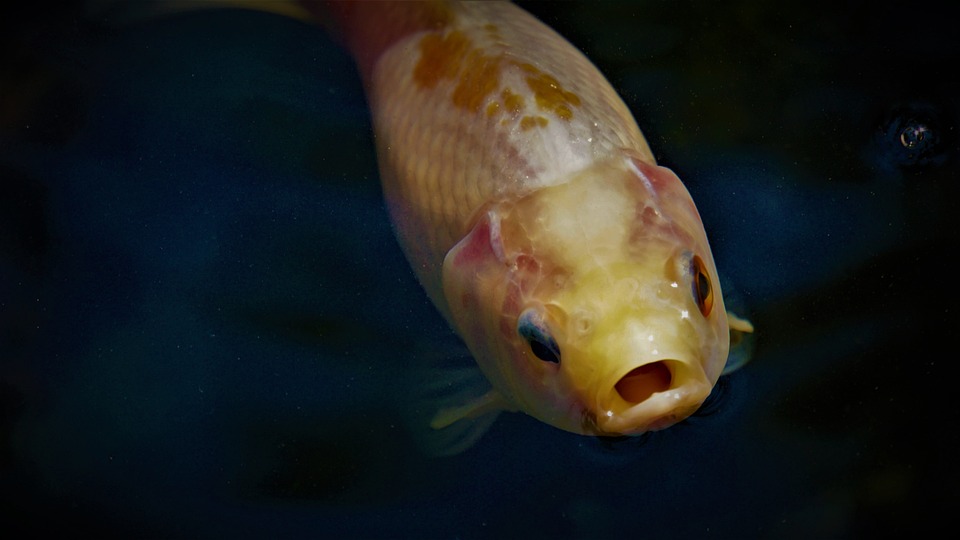Fish behavior is an intriguing and important aspect of aquarium keeping. Understanding how different fish species respond to tank communities can help create a harmonious and thriving aquatic environment. In this article, we explored various aspects of fish behavior, including social interactions, feeding habits, territoriality, and more. We also addressed some frequently asked questions to assist aquarists in navigating the intricacies of fish behavior in their aquariums.
Social behavior in fish can vary greatly depending on the species. Schooling fish, such as tetras and danios, thrive in groups and feel safer and more secure in numbers. Solitary fish, on the other hand, prefer to be alone and establish their territories. Aggressive fish, like cichlids, engage in dominance behaviors to establish their position within the tank community.
Feeding behavior is another important aspect of fish behavior. Herbivorous fish primarily consume plant matter, while carnivorous fish feed on other smaller fish or invertebrates. Omnivorous fish have a more versatile diet, consuming both plant and animal matter.
Territorial behavior is common among many fish species. Fish establish territories to claim their space and resources. Aggression and defense play a role in protecting their territory and maintaining dominance. Compatibility is crucial when introducing new fish to ensure they can coexist peacefully.
Reproductive behavior in fish is diverse and fascinating. Breeding displays and courtship rituals are common among many species. Nest building is another behavior observed in certain fish, where they create safe havens for their eggs. Some fish also exhibit parental care, guarding and protecting their fry until they are independent.
Environmental factors play a significant role in fish behavior. Water parameters, such as temperature, pH, and water quality, can impact their behavior. Lighting also affects fish behavior, as it provides illumination and influences their natural rhythms. Aquascape design is essential in creating natural environments that mimic the fish’s natural habitat.
Now, let’s address some frequently asked questions regarding fish behavior.
Q1: How can I tell if my fish are stressed?
A1: Watch out for signs such as reduced appetite, abnormal swimming patterns, color changes, and excessive hiding. Stress can be caused by improper tank conditions, aggressive tankmates, or inadequate diet.
Q2: Can fish recognize their owners?
A2: While fish may not have the same level of recognition as mammals, they can associate their owners with food and other positive stimuli. Consistent interaction and feeding from the same person can strengthen this association.
Q3: How do I introduce new fish to my tank without causing aggression?
A3: Quarantine new fish before introducing them to your main tank to ensure they are disease-free. Additionally, rearrange decorations and territories in the tank to disrupt established territories and reduce aggression during introductions.
Q4: Can different species of fish live together peacefully?
A4: Yes, but compatibility is crucial. Research the temperament, size, and feeding habits of each fish species to ensure they are compatible tankmates. Avoid mixing aggressive species or those that have drastic differences in size.
Q5: Should I replicate the natural environment for my fish?
A5: Yes, creating a tank that mimics the natural environment of your fish species can enhance their well-being and encourage natural behaviors. Research the specific habitat requirements of your fish and replicate them as closely as possible.
In conclusion, understanding fish behavior is essential for creating a harmonious and thriving aquarium. By considering social, feeding, territorial, and reproductive behaviors of different fish species, aquarists can provide them with a suitable environment. Each species has unique characteristics, and ensuring compatibility among tankmates is crucial for a successful community. With proper knowledge and care, aquarists can observe fascinating fish behavior and enjoy a captivating underwater world in their own homes.









